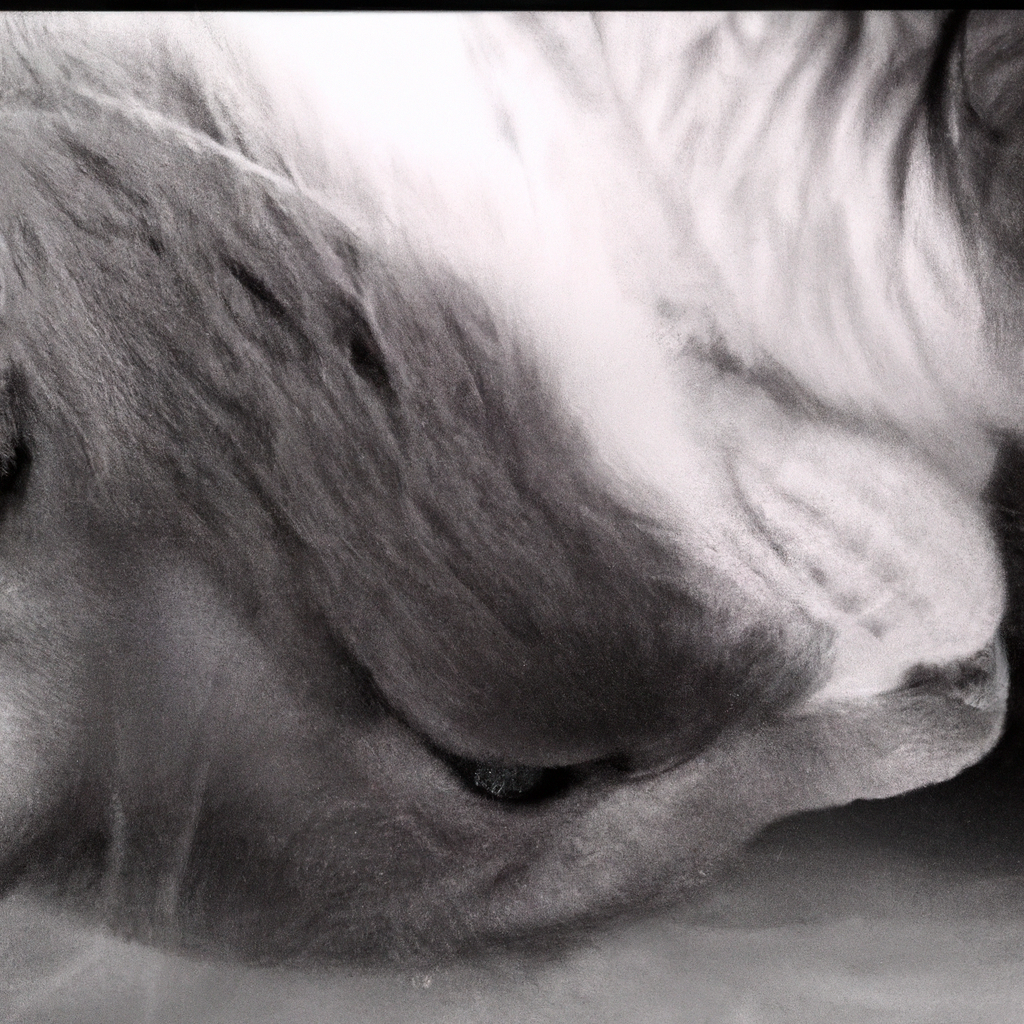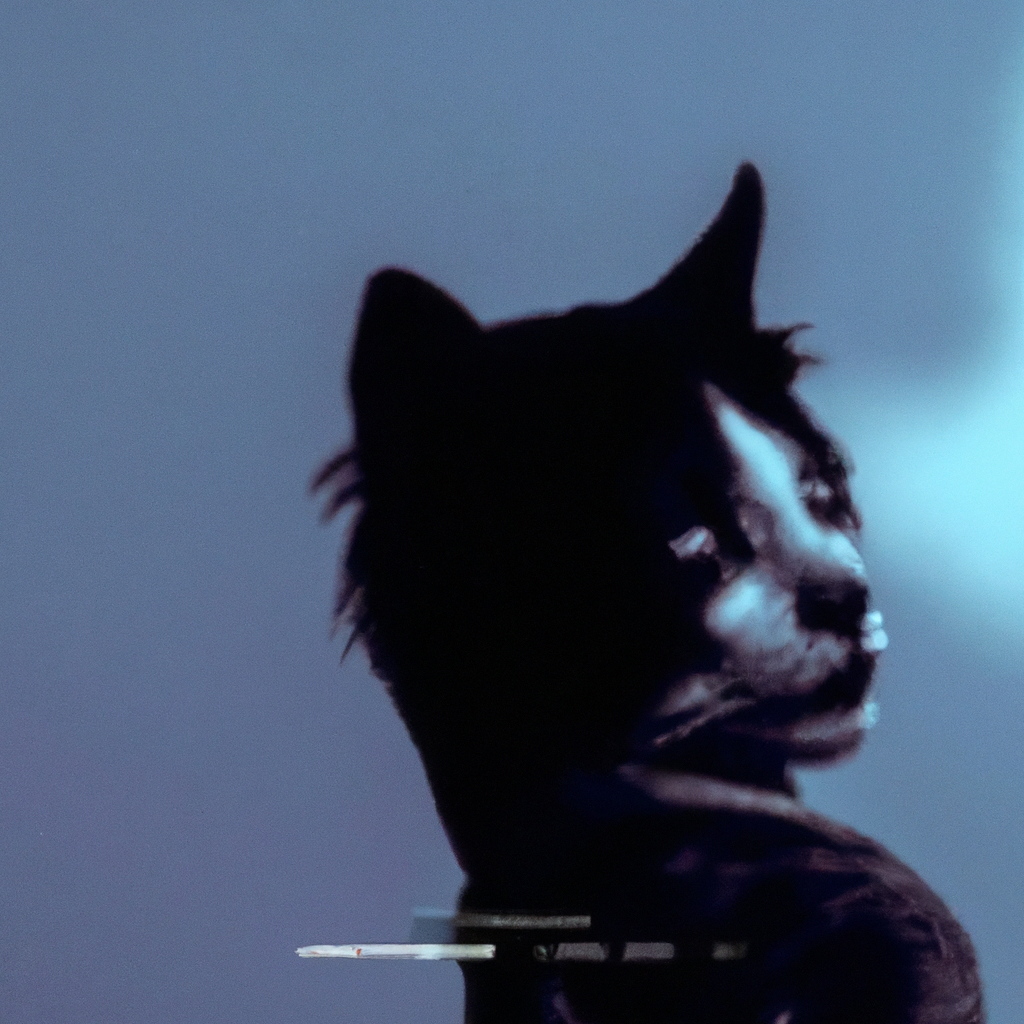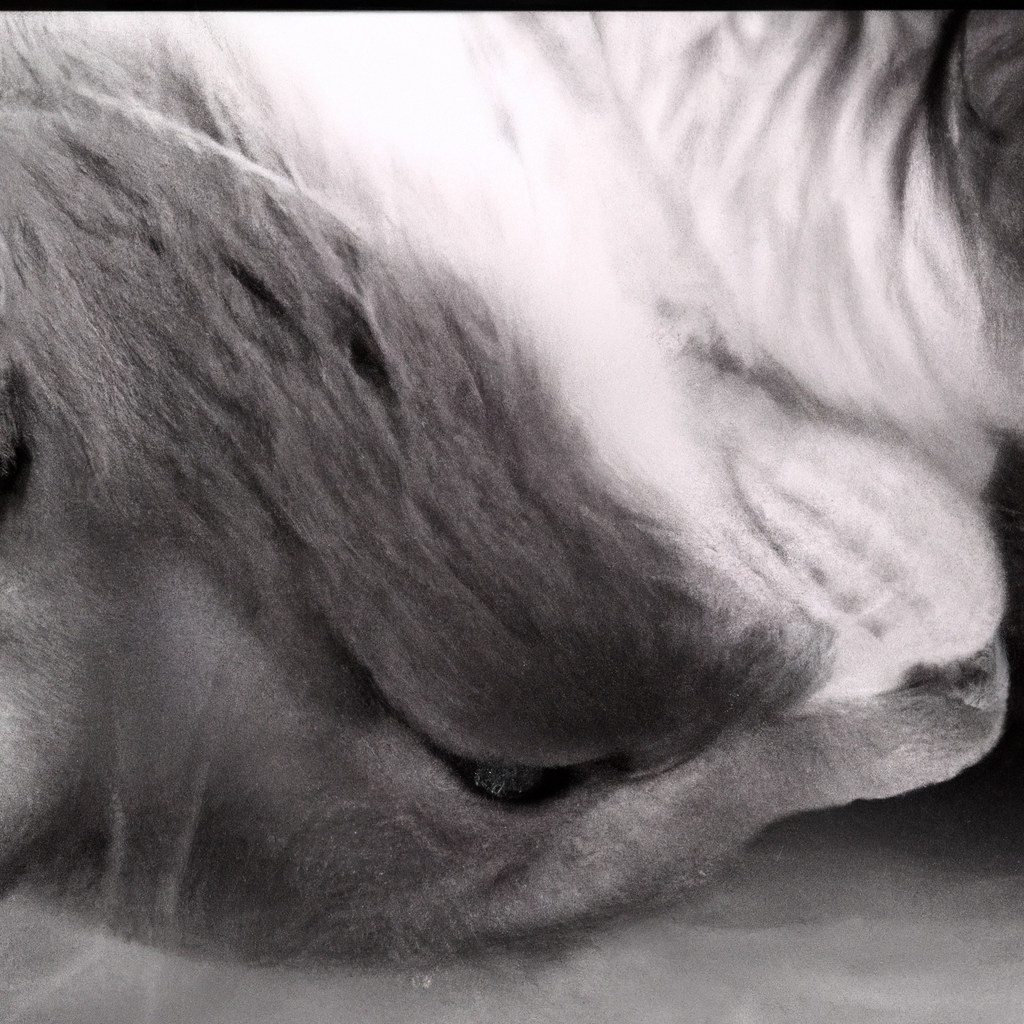Imagine a world full of furry feline friends, captivating us with their adorable antics and melting our hearts with their soft purrs. We often find ourselves wondering just how many cats exist in this vast world of ours. Well, get ready to embark on a journey of cat curiosity as we unveil the remarkable statistics behind the global feline population. From the tiniest kittens to the noblest lions, you’ll be amazed at the sheer number of cats enjoying their lives across every corner of our planet. So sit back, relax, and let’s uncover the captivating truth of “How Many Cats Are In the World!


Domestic Cats
Estimated Global Population
The global population of domestic cats is estimated to be over 600 million, making them one of the most popular pets worldwide. This number continues to increase as more people welcome cats into their homes and hearts. Cats have become beloved companions and have even earned the title of being America’s favorite pet.
Population Distribution by Region
Domestic cat populations are distributed across the globe, with various regions having different concentrations of these furry friends. In North America, there are approximately 94 million pet cats, making it the region with the highest cat ownership. Europe follows closely behind with around 102 million pet cats. Asia, Africa, and South America collectively account for approximately 400 million pet cats, showcasing the widespread love and companionship that cats bring to households worldwide.
Population Growth Factors
Several factors contribute to the population growth of domestic cats. Firstly, cats have a high reproductive rate, with females capable of having multiple litters in a year. This prolific breeding ability allows their numbers to increase rapidly. Additionally, domestic cats’ popularity as pets means that more people are bringing them into their homes, resulting in a larger population overall. The inclination towards cat ownership has led to a significant growth in the domestic cat population over the years.
Feral and Stray Cats
Understanding Feral and Stray Cats
Feral and stray cats differ from domestic cats in that they do not have a permanent home or a consistent human caretaker. Feral cats are born in the wild and have little to no interaction with humans from early on in their lives. Stray cats, on the other hand, may have once been pets but have become lost or abandoned. Both feral and stray cats roam freely in search of food and shelter.
Global Population Estimate
The global population of feral and stray cats is more challenging to estimate accurately due to their elusive nature. However, it is believed that the number is substantial, with some estimates ranging from several hundred million to over one billion. These cats often encounter a multitude of challenges in their daily lives, making their population a cause for concern.
Impacts on Ecological Balance
Feral and stray cats can have significant impacts on the ecological balance of their habitats. Their hunting instincts are highly developed, and they can have a detrimental effect on local wildlife populations, particularly birds and small mammals. This predation can disrupt natural ecosystems and cause a decline in vulnerable species. It is essential to address the issue of feral and stray cats to maintain a healthy and balanced environment.
Efforts to Control Feral Cat Population
Various organizations and communities have recognized the importance of controlling the population of feral cats to mitigate their ecological impact. One common approach is the implementation of trap-neuter-return (TNR) programs. These programs involve trapping feral cats, sterilizing them, and then returning them to their original location. This method prevents further reproduction and reduces population growth while allowing the cats to continue living their lives without adding to the strain on the environment.
Cats as Pets
Ownership Statistics
Cats make excellent companions, and their popularity as pets continues to rise globally. According to recent statistics, approximately 42.7 million households in the United States alone have at least one pet cat. This represents around 33% of all American households. The trend of cat ownership reflects the unique bond people share with their feline friends and the joy and comfort they bring into homes.
Popular Cat Breeds
While there are countless unique cat breeds worldwide, several have gained significant popularity among pet owners. Breeds such as the Siamese, Maine Coon, Persian, and Ragdoll have captivated the hearts of cat enthusiasts. Each breed possesses its distinct physical characteristics, personality traits, and requirements, allowing individuals to find a cat that fits their lifestyle and preferences.
Factors Influencing Pet Cat Population
A variety of factors contribute to the growth of the pet cat population. The companionship and affection that cats provide make them desirable pets for individuals and families alike. Additionally, cats are generally low-maintenance compared to some other pets, making them an attractive choice for those with busy lifestyles. Furthermore, the ease of cat breeding and the availability of kittens through breeders or shelters contribute to the ongoing growth of the pet cat population.


Cultural Significance of Cats
Historical Reverence for Cats
Cats have held a special place in human history for thousands of years. Ancient civilizations, such as the Egyptians, considered cats sacred and believed they possessed magical qualities. Cats were revered for their ability to ward off evil spirits and were often depicted in various forms of art and sculptures. Even today, the historical reverence for cats continues to influence the way they are perceived and cherished.
Cats in Mythology and Religion
Cats have played significant roles in myths and religions across cultures. In Norse mythology, the goddess Freyja, associated with love and fertility, had chariots pulled by large cats. In Japanese folklore, the “maneki-neko,” or beckoning cat, is believed to bring good fortune to its owners. In some ancient religious practices, cats were considered guardians of the afterlife. These diverse cultural representations highlight the enduring fascination and respect humans have for these captivating creatures.
Cats in Modern Culture
Cats continue to captivate modern culture through various mediums such as literature, art, and the internet. Numerous books, including classics like “The Cat in the Hat” and “Old Possum’s Book of Practical Cats,” have depicted cats as characters and symbols. Artists often take inspiration from their elegance and grace, creating stunning cat-themed artworks. In the digital age, viral cat videos and memes have become immensely popular, showcasing the charm and humor of feline companions. Cats’ cultural significance continues to grow, solidifying their position as beloved icons in modern society.
Cats in Natural Habitats
Native Wildcat Species
While domestic cats have thrived in human environments, it is essential to acknowledge their wild counterparts. Several species of wildcats exist globally, including the African wildcat, European wildcat, and Asian leopard cat. These native wildcats reside in natural habitats, showcasing their resilience and adaptation to diverse ecosystems. Protecting their natural habitats and ensuring their survival is crucial for the overall conservation of cat species.
Conservation Efforts
Conservation organizations worldwide actively work towards preserving and protecting native wildcat species. Through research, education, and habitat conservation initiatives, these organizations strive to safeguard the natural environments that wildcats rely on for survival. Their efforts are vital in ensuring the long-term persistence of these magnificent creatures and maintaining biodiversity in the wild.
Threats to Wildcat Populations
Wildcat populations face numerous threats that endanger their existence. Habitat loss due to human activities, including deforestation and urbanization, poses a significant challenge to their survival. Additionally, illegal hunting, the pet trade, and diseases transmitted from domestic cats are all factors that contribute to the decline of wildcat populations. Raising awareness and implementing effective conservation measures are essential to mitigate these threats and protect wildcat species.
Cat Overpopulation Issue
Causes of Overpopulation
Cat overpopulation arises from a variety of factors, including uncontrolled breeding, lack of sterilization, and abandonment. Cats reproduce at a rapid rate, and unneutered or unspayed cats can produce multiple litters in a short period. Without proper population management, this can lead to an exponential increase in cat numbers, overwhelming shelters and resources.
Effects on Cats and Ecosystem
The consequences of cat overpopulation are far-reaching. Stray and feral cats often suffer from malnutrition, disease, and increased competition for limited resources. Shelters become overcrowded, and many cats face the risk of euthanasia due to the sheer volume of unwanted cats. Furthermore, the predation by feral cats on native wildlife can disrupt the delicate balance of ecosystems, leading to biodiversity loss.
Solutions and Initiatives
Addressing the cat overpopulation issue requires a multifaceted approach involving education, responsible pet ownership, and effective spay/neuter programs. Encouraging the importance of sterilization, promoting adoption from shelters, and supporting low-cost veterinary services are crucial steps in managing cat populations. Collaboration between animal welfare organizations, governments, and communities can lead to successful initiatives that reduce overpopulation and improve the well-being of cats and the environment.
Cat Ownership Trends
Growth in Cat Ownership
Cat ownership has seen a steady increase over the years, reflecting the enduring appeal and companionship that cats offer. More and more individuals and families are choosing to enrich their lives by bringing cats into their homes. The growth in cat ownership highlights the strong bond between humans and felines and the recognition of their positive impact on overall well-being.
Cat Ownership by Demographics
Cat ownership is diverse, embracing people from various demographics. Cats are popular companions for families, singles, and seniors alike. Their adaptable nature and relatively low maintenance make them an excellent choice for many individuals, regardless of age or living situation. Cats bridge gaps and provide comfort and companionship to people from all walks of life.
Cat Ownership Benefits
Owning a cat has numerous benefits for both mental and physical well-being. The presence of a cat has been shown to reduce stress and anxiety, lower blood pressure, and promote relaxation. Cats also provide companionship, helping to combat feelings of loneliness and isolation. Their playful and affectionate nature can bring joy and happiness to people’s lives, making them valued members of households.
Cat Reproduction
Feline Reproductive Abilities
Cats are known for their reproductive capabilities, with females being able to reproduce as early as 4-6 months of age. They are induced ovulators, meaning that mating triggers ovulation. This biological factor contributes to the rapid population growth of cats and emphasizes the importance of responsible breeding and sterilization to control their numbers.
Average Litter Size
The average litter size for cats can range from two to six kittens. However, larger litters are not uncommon, and reports of up to fourteen kittens in a single litter have been documented. The frequency of reproduction, combined with the potential for large litters multiple times a year, underscores the urgency of proactive population management to prevent cat overpopulation.
Life Cycle and Maturity
Cats go through various life stages, starting as playful and curious kittens before maturing into adulthood. The average lifespan of a domestic cat ranges from 12 to 15 years, although some cats have been known to live well into their twenties. It is crucial to provide them with proper nutrition, veterinary care, and a safe environment to ensure they lead healthy and fulfilling lives.
Cat Health and Welfare
Health Concerns
Cats, like any other living beings, are susceptible to various health concerns. Common health issues include dental problems, obesity, urinary tract infections, and skin conditions. Regular veterinary care, a balanced diet, and appropriate exercise are key factors in maintaining their well-being. Cats’ health is a reflection of their overall welfare, and providing them with the necessary care ensures a healthy and fulfilling life.
Veterinary Care and Vaccination
Regular veterinary check-ups and vaccinations are essential for cats’ health and disease prevention. Vaccinations protect against diseases such as rabies, feline leukemia, and feline herpesvirus, providing cats with a higher chance of a disease-free life. Veterinarians play a crucial role in promoting cat health and supporting responsible pet ownership through routine examinations, vaccinations, and preventive care services.
Cat Welfare Organizations
Numerous organizations are dedicated to promoting cat welfare and protecting their rights. These organizations work tirelessly to rescue and rehabilitate abandoned or abused cats, find them suitable homes, and raise awareness about responsible pet ownership. Their efforts in providing medical care, spaying/neutering programs, and educational resources contribute to improving the quality of life for cats and reducing cat overpopulation.
Future Perspectives
Population Projections
As the world continues to evolve, so do our perspectives on cats and their place in our lives. The population of domestic cats is anticipated to grow further as more people recognize the joy and companionship they offer. However, responsible ownership, population management, and conservation efforts will be crucial in ensuring that the needs of cats, both domestic and wild, are met while preserving the delicate balance of ecosystems.
Changing Attitudes Towards Cats
Over time, attitudes towards cats have evolved, shifting from purely utilitarian to a more compassionate and respectful view. Cats are now considered cherished members of families, and their well-being and welfare are important considerations. As awareness of their needs and the issues they face increases, society’s collective attitude towards cats continues to be refined, leading to more informed and compassionate efforts on their behalf.
Implications for Human-Cat Relationship
The evolving attitudes towards cats have far-reaching implications for the human-cat relationship. Our understanding of their behavior, health requirements, and emotional needs has grown significantly, allowing for deeper and more meaningful interactions. The bond between humans and cats has become more symbiotic, with each party benefiting from the other’s companionship. As this relationship continues to evolve, the welfare of cats remains at the heart of our commitment to responsible ownership and environmental stewardship.
In conclusion, cats have established themselves as beloved companions, cultural icons, and significant players in both domestic and wild environments. Their population, whether as domestic pets or feral individuals, reflects the enduring appeal and importance of cats in our lives. Through responsible ownership, conservation efforts, and a deeper understanding of their needs, we can ensure that cats thrive and continue to bring joy and love to countless households worldwide.

